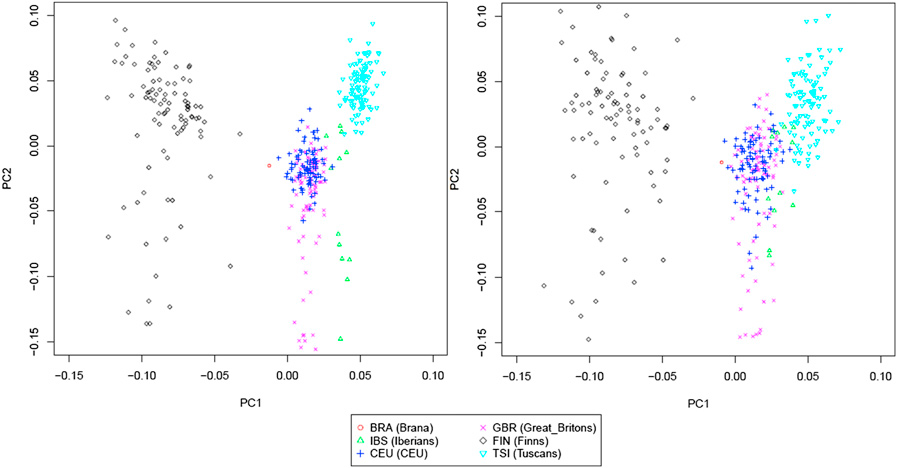I chose haplogroup T, and to highroll, haplogroup L.
My wager
99.9% haplogroup T
00.1% haplogroup L (highball)
I chose haplgroup T for several reasons...
Dienekes K12 run showed a 10% affinity to East Africans. Another run strangely to the San. Another to East Asians. Bizarre results?
East Africa has a strange founder effect for T* which extends through Tanzania and the countryside. Another group of people that has T* in low frequencies is the Australian aborigines, and it is also probably found at low frequencies among australoid peoples, which may explain part of the Asian shift.
Here's the bottom line: Europe was not invaded and settled by Amazonian women. We should not see very much continuity in male haplogroups through the ages when we see obvious discontinuity between female haplotypes as we do.
Racially, the La Brana individuals' facial features, while Caucasian, do not look Northern European. So the proximity, while more similar to Northern Europeans that Southern Europeans, doesn't mean they were or looked like Northern Europeans. If they belonged to haplogroup T, then they will appear more Northern European than Neolithic (G2a and E1b) individuals with non-k, non-MNOPS haplogroups. In theory, with the U5 lineage and a LT lineage, should appear more North European, East African and South East Asian.
I think the cheek bones, brow, forehead and the teeth speak to this.


